From October 15, 2022 to January 8, 2023, Palazzo Mosto in Reggio Emilia hosts the exhibition Italia in-attesa. 12 Photographic Tales, an exhibition that through the work of twelve leading Italian and international photographers (Olivo Barbieri, Antonio Biasiucci, Silvia Camporesi, Mario Cresci, Paola De Pietri, Ilaria Ferretti, Guido Guidi, Andrea Jemolo, Francesco Jodice, Allegra Martin, Walter Niedermayr and George Tatge) intends to narrate a’Italy suspended, interdicted, transformed by an exceptional and (hopefully) unrepeatable occasion, the first lockdown caused by Covid: a different time where even space, architecture and environment become “other” when humans do not inhabit them. The exhibition, curated by Margherita Guccione and Carlo Birrozzi, is promoted by the Ministry of Culture, General Directorate for Contemporary Creativity, Central Institute for Catalogue and Documentation and Fondazione Palazzo Magnani, in collaboration with Fondazione Maxxi.
In a unique, silent, almost unreal setting, the photographic narratives tell stories of a world beyond the ordinary, pose as sequences of unexpected and unnatural visions that mix places of Italian cultural heritage and the intimate and mental space of the authors: landscapes and squares, horizons and public spaces, works of art and everyday objects. Far from the stereotypes of the Belpaese, these images speak of bewildered landscapes that marry sublime beauty with the perception of a deep crisis, where the lush nature that gradually fills urban spaces corresponds to emptiness and the absence of human life. These are partial, subjective narratives that introduce us to new points of view, altering the usual poetics of narrating physical space. The artists involved are recognized interpreters of photography, from different generations and attitudes, who have developed through their research a vocation for listening to places and collective heritage. For this reason, the Ministry of Cultural Heritage and Activities and Tourism, through the General Directorate for Contemporary Creativity, thought to call them to reflect with a project focused on the exceptional condition of Italy in the months of March-May 2020, in order to realize, ranging between different languages and modes of expression, a choral and polyphonic narrative.
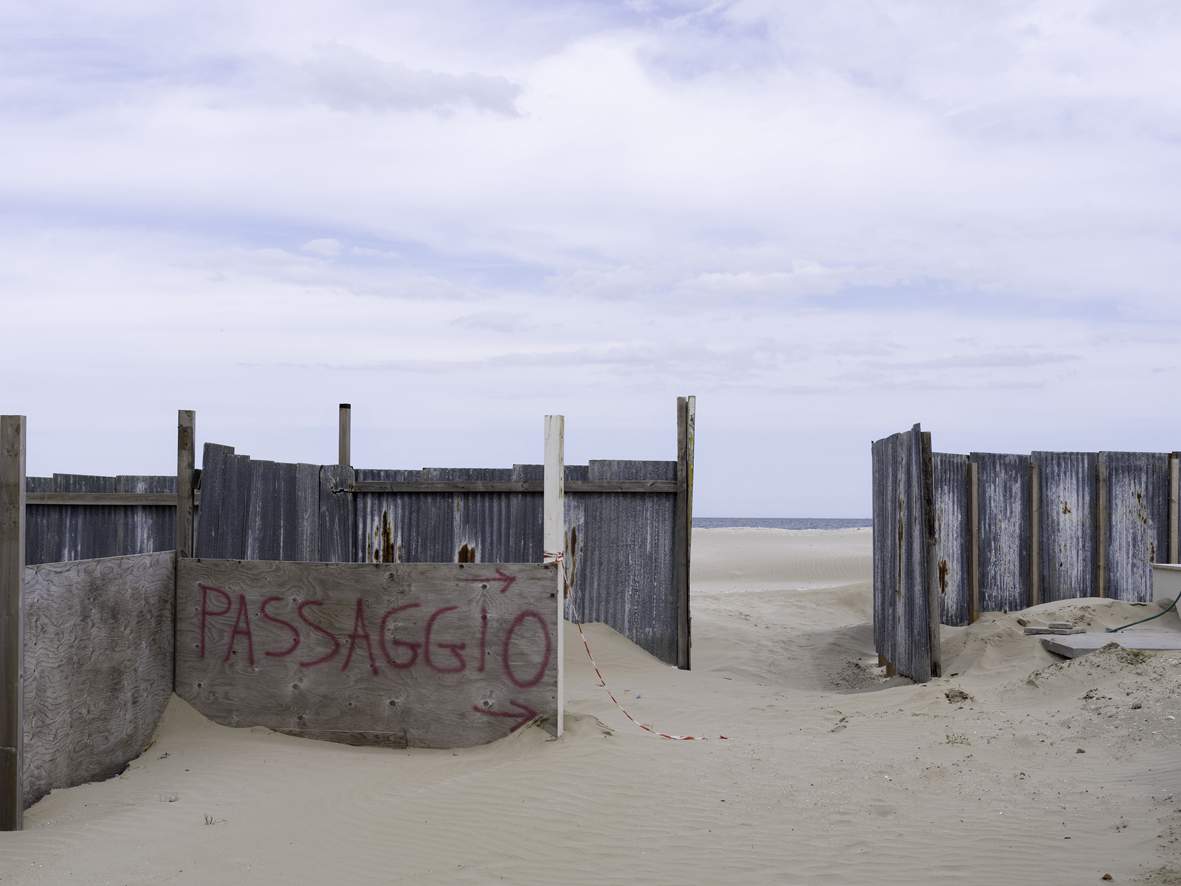
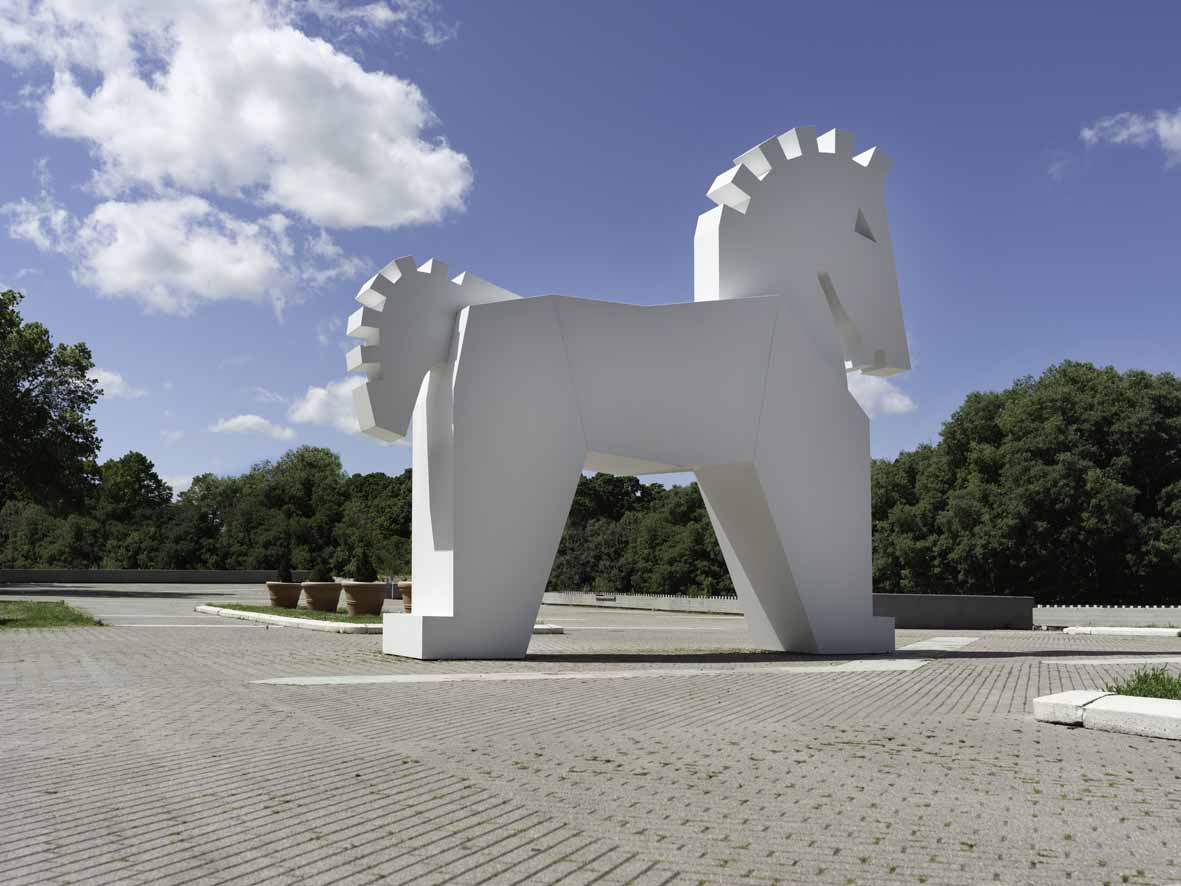
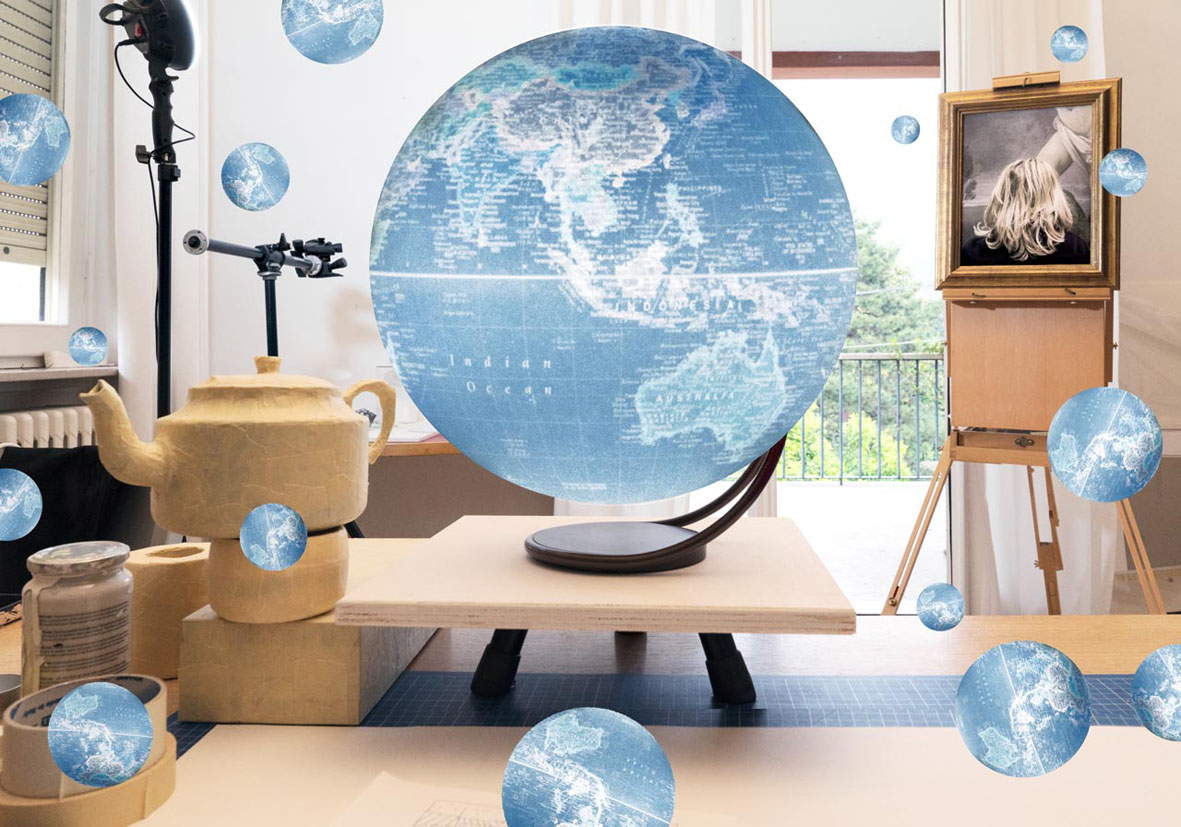
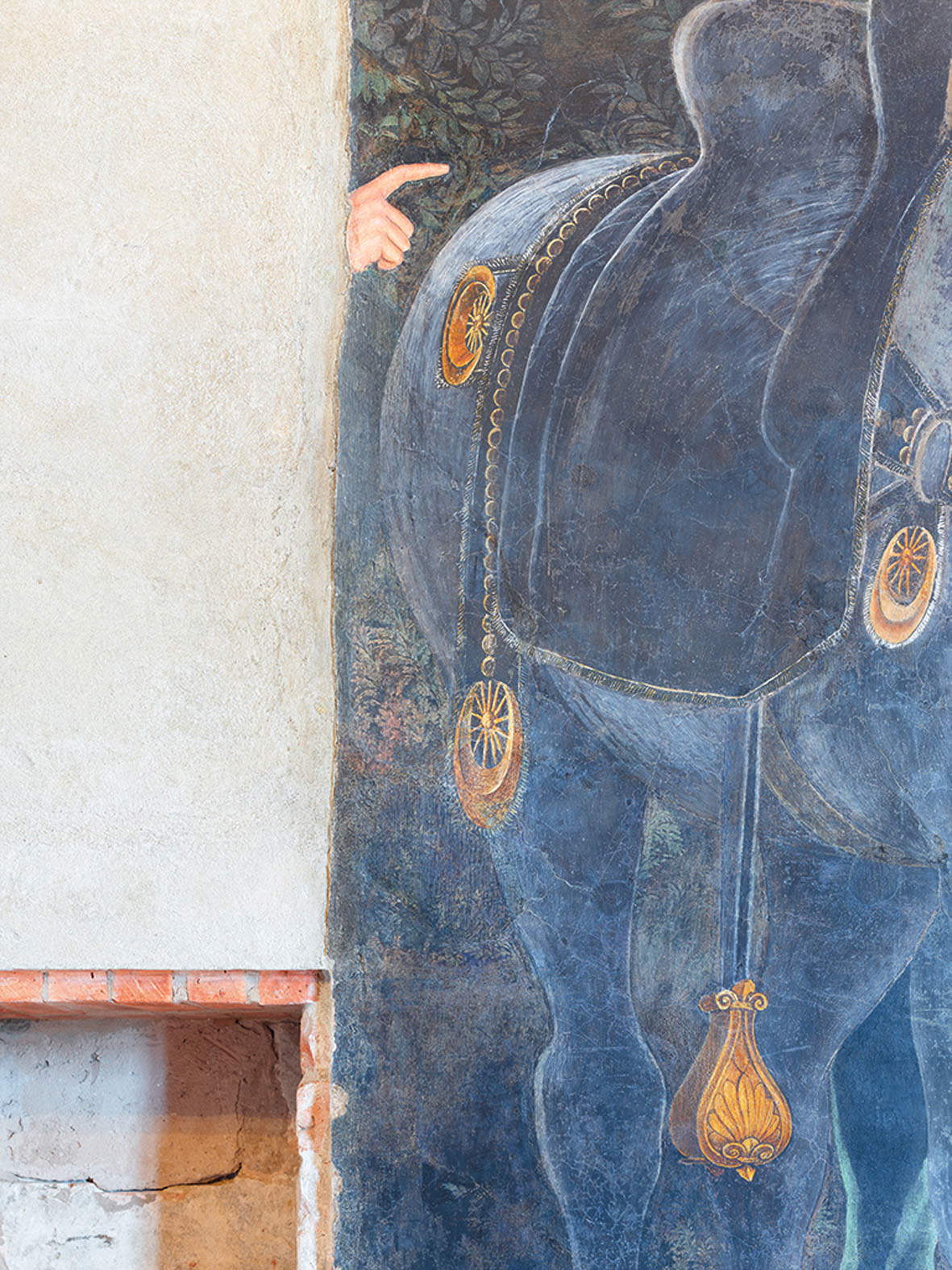
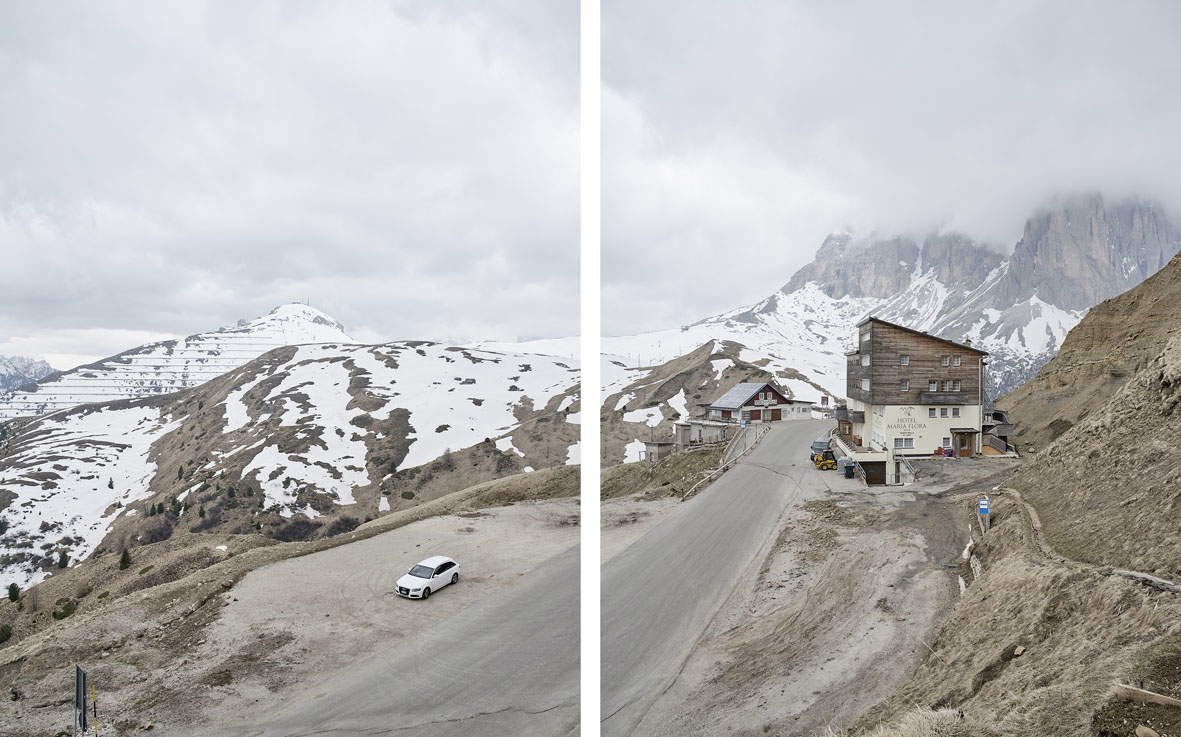
Olivo Barbieri, for this survey-narrative, chooses the Camera degli Sposi, a visual machine of excellence for innovative experimentation with perspective, to conduct his reflection on the mechanisms of perception and the system of representation. Guido Guidi, on the contrary, turns to the minimal landscape of everyday life: giving equal value to the monumental and the ordinary, Guidi restores negligible details of reality to our gaze, charging them with renewed sense and levity.
The same attention to the landscape of affection is witnessed in the photographs of Silvia Camporesi, who chooses to portray the places of her childhood: freed from the flow of everyday life, these now seem to reveal their own essence. Also immersed in a metaphysical and alienating atmosphere are the historic Umbrian towns portrayed by George Tatge, in which silence and a sense of emptiness seem to reflect the author’s state of mind. Allegra Martin’s work also focuses on the theme of absence: emblematic places of Milanese culture, suddenly deprived of the action and the gaze of the public that habitually gives them life, become a metaphor for a suspension not only of time but also of meaning.
These projects are counterbalanced by works that do not look to the external space, but to the internal one, shifting the reflection to an abstract and conceptual plane.This is the case of Francesco Jodice, who transfers physical travel to a mental and virtual discourse, making a reportage through four symbolic architectures of historical and contemporary Italian culture by means of satellite images, and of Mario Cresci, who turns his gaze now to the micro-world constituted by his house in Bergamo, now to the external one, represented by a deserted city: the time of the forced lockdown offers space for games of the mind, in search of new analogies between objects and unusual explorations. Antonio Biasiucci’s visionary images, then, transfer the reflection to a totally symbolic plane: tree stumps, filmed in a way that recalls anthropomorphic forms, are archetypal subjects that refer to the circularity of time.
The abstract condition of the landscape is also at the center of Paola De Pietri’s work: the dreamlike landscapes of Rimini and Venice echo each other from two different latitudes of the Adriatic. The surreal images of mountain landscapes so dear to Walter Niedermayr, usually populated and worn out by mass tourism, appear here almost ghostly in the absence of human presence. The symbolic sites of the unusually deserted Eternal City, taken by Andrea Jemolo, are compared with some historic centers damaged by the earthquake that struck Central Italy in 2016, portrayed by Ilaria Ferretti: places in which the traces of life and time are now entrusted only to the movement of shadows and the reassuring persistence of nature.
Therefore, the exhibition also aims to be a visual analysis of the anthropic impact on the landscape, on the relations between culture and nature, architecture and environment in some places (both iconic and non-iconic) in Italy. Does the Colosseum area remain the same with or without people living there? Tourist cities like Rimini and Venice, what feelings do they return when they are completely deserted? Almost two years later, how can we “reread” those images? We had to, it was said, use that extraordinary and terrible experience to learn something: did we? These questions will be the focus of dialogues between photographers, architects, urban planners and landscape architects along a schedule of meetings open to the public during the exhibition period.
 |
| Italy's early lockdown told by 12 great photographers in an exhibition in Reggio Emilia |
Warning: the translation into English of the original Italian article was created using automatic tools. We undertake to review all articles, but we do not guarantee the total absence of inaccuracies in the translation due to the program. You can find the original by clicking on the ITA button. If you find any mistake,please contact us.